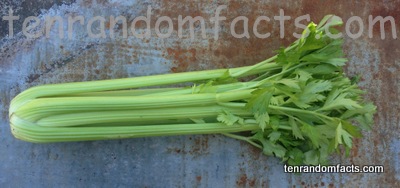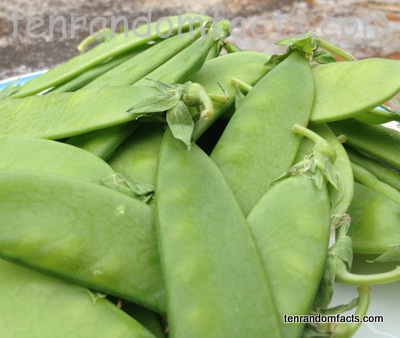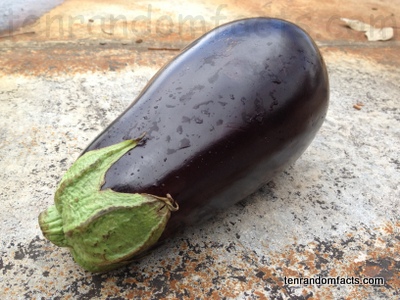
Long asparagus.
- Asparagus are long, spear-headed, edible vegetables that are popular across the globe.
- Asparagus can be green, white or purple in colour, and is native to west Asia, north Africa and Europe.
- The scientific name of asparagus is ‘asparagus officinalis’, which is one of the 300 species in the asparagaceae family, although some other asparagus species are edible.
- Asparagus are the young shoots of the perennial plant with the same name that grows from 1 to 1.5 metres (3 to 5 feet) in height.
- Historically, asparagus was commonly eaten in Ancient Egypt, Rome, Greece, Spain and Syria.
- Asparagus is is 93% water and very high in vitamin K, and is high in vitamin A, thiamine, riboflavin, folate and iron.
- In 2010, China was by far the biggest producer of asparagus, harvesting nearly 7 million tonnes (7.6 million tons) of the vegetable.
- The word ‘Asparagus’ has Latin, Greek and Persian origins, originally meaning ‘shoot’ or ‘sprout’ in Persian, and was originally termed as ‘sperage’ in English.
- After consumption, asparagus can cause a foul smell emitted from the consumer’s urine due to the organic chemicals found in the vegetable.
- Asparagus is served and eaten in stirfries, soup, raw in salad, grilled, and pickled, and when raw or lightly cooked, it has a crunchy texture.
Bibliography:
Asparagus, 2013, The World’s Healthiest Foods, http://www.whfoods.com/genpage.php?tname=foodspice&dbid=12
Asparagus, 2013, Wikipedia, http://en.wikipedia.org/wiki/Asparagus




















